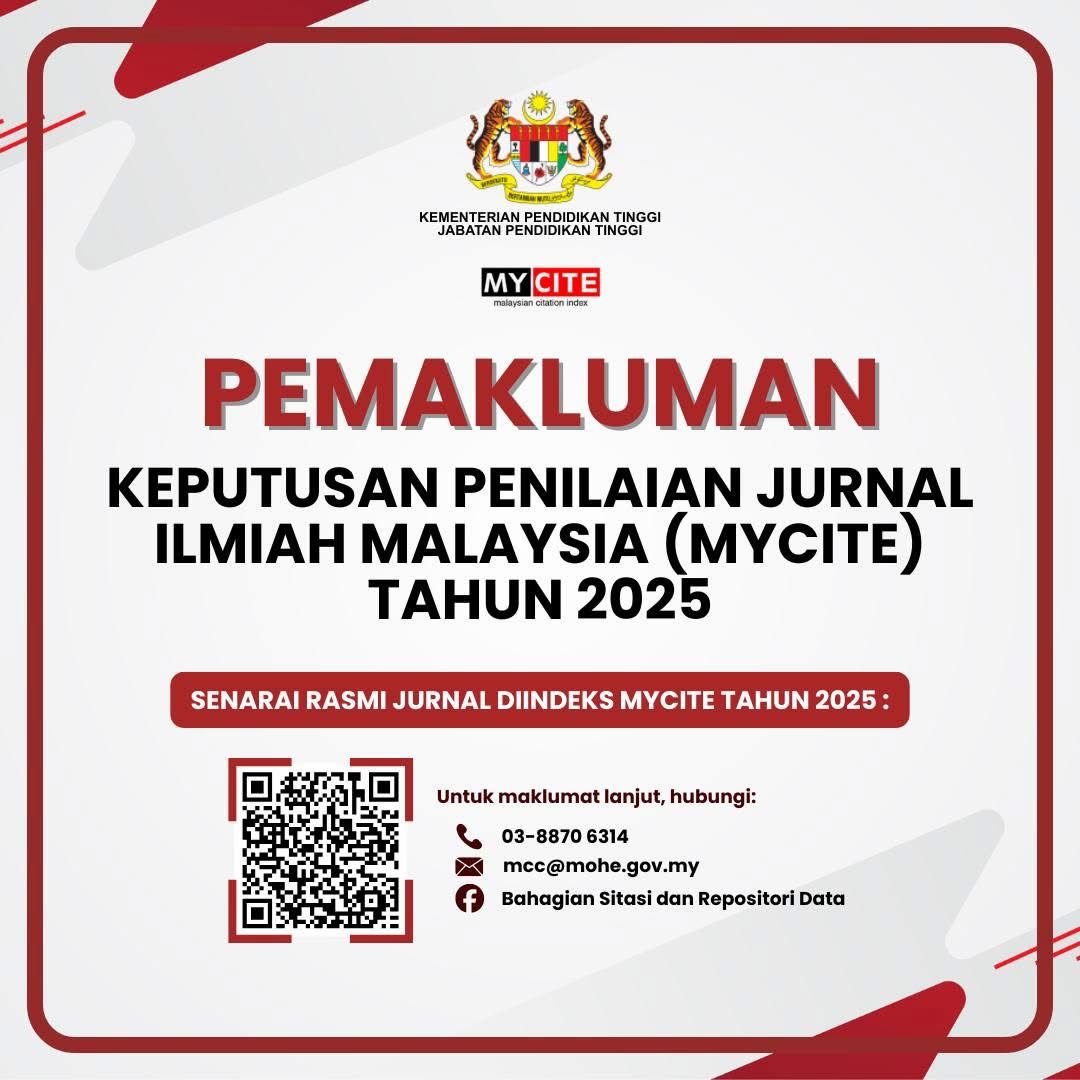The Effectiveness of Social Media Campaign Poster to Prevent Cyberbullying Among Teenagers in Malaysia Through Illustration
DOI:
https://doi.org/10.24191/idealogy.v3i2.75Keywords:
poster, Illustration, cyberbullying, social mediaAbstract
This paper aims to discuss the effectiveness of social media campaign poster to prevent cyberbullying among teenagers in Malaysia through illustration. The user of smartphone are increasing every year and cyberbullying in Malaysia also increasing every year, mostly among teenagers. Every teenagers could say that they need smartphone but without supervision from parents, it could bring the harness to their children. Not only teenager need to prevent from cyberbullying, parents needs to play their part to stop this cyberbullying. The researcher make a survey using qualitative method to identify how to let people, especially teenager read the message in media social campaign poster through illustration. Besides that, the field survey are very suitable for do the survey about cyberbullying among teenagers in the school because this objective are focusing teenager than adult. The finding of this research will help to create the message or awareness about how badly is cyberbullying among teenagers in social media poster through illustration. The study will help to reduce the percentage of cyberbullying among teenagers in Malaysia and it will help the society become healthy even in real life or in internet. Keywords: poster; illustration; cyberbullying; social mediaReferences
https://www.thestar.com.my/news/nation/2017/10/19/cyberbullying-words-can-hurt-too/
Christensson, P. (2009). Cyberbullying Definition. Retrieved 2018, from
https://techterms.com/definition/cyberbullying
Christensson, P. (2013). Social Media Definition. Retrieved 2018, from
https://techterms.com/definition/social_media
Haikal Jalil (2017, November 6). 33% of children in M'sia vulnerable to cyber bullying. Retrieved 2018,
from http://www.thesundaily.my/news/2017/11/06/33-children-msia-vulnerable-cyber-bullying
Smith, P. K., Mahdavi, J., Carvalho, M., Fisher, S., Russell, S., & Tippett, N. (2008, March 19).
Cyberbullying: Its nature and impact in secondary school pupils. Retrieved 2018, from
https://onlinelibrary.wiley.com/doi/full/10.1111/j.1469-7610.2007.01846.x
The National Arts Centre. What is a poster? Retrieved July 1, 2018, from
http://artsalive.ca/collections/posters/whatisaposter.php?lang=en
Zeegen, Lawrence (2009). What is Illustration? (Essential Design Handbooks). Rotovision. Retrieved
2018, from http://ualresearchonline.arts.ac.uk/id/eprint/6037
Downloads
Published
Issue
Section
License
UiTM Press (the Publisher) has agreed to publish the undersigned author’s paper in Idealogy Journal. The agreement is contingent upon the fulfilment of a number of requirements listed below.
1. The undersigned author warrants that the paper entitled below is original, that it is not in any way libellous or unlawful in Malaysia, that it does not infringe any copyright or other proprietary right. The undersigned hereby represents and warrants that he/she is the author of the paper, except for material that is clearly identified as to its original source, with permission notices from the copyright owners where required. The undersigned represents that he/she has the power and authority to sign and execute this agreement.
2. The undersigned author warrants that the paper entitled below has not been published elsewhere, and also it will not be submitted anywhere else for publication prior to acceptance/rejection by this Journal.
3. By submitting the paper entitled below, the undersigned author agrees to transfer the rights to publish and distribute the paper in an international e-journal (entitled above) to Publisher.
4. The undersigned author agrees to make a reasonable effort to conform to Publisher's submission guidelines and to liaise with the editor to ensure that the requirements of these guidelines are met to a reasonable degree.
5. The corresponding author signs for and accepts responsibility for releasing this material on behalf of any and all coauthors. This agreement is to be signed by at least one of the authors who has obtained the assent of the co-author(s) where applicable. After submission of this agreement signed by the corresponding author, changes of authorship or in the order of the authors listed will not be accepted.



